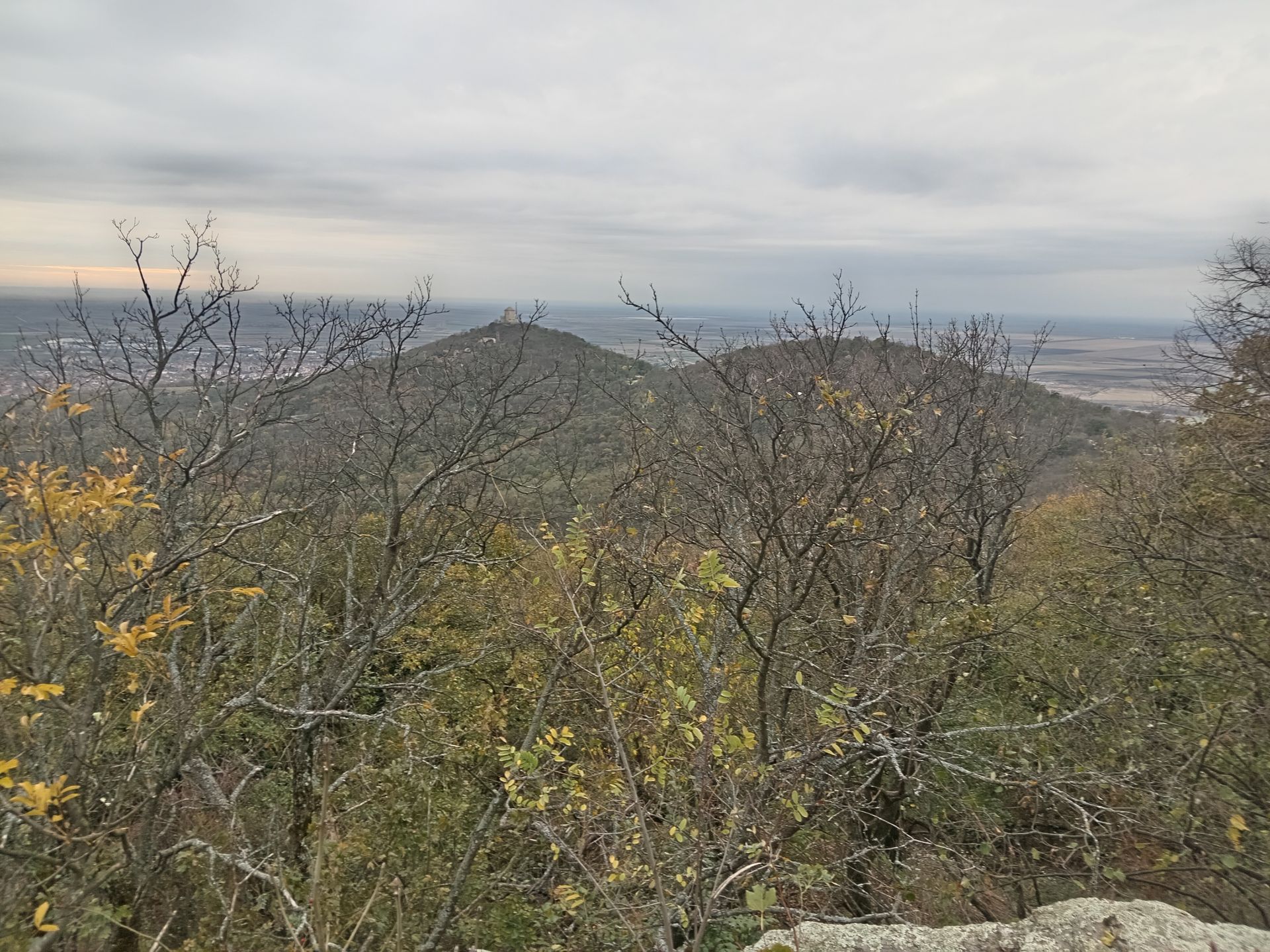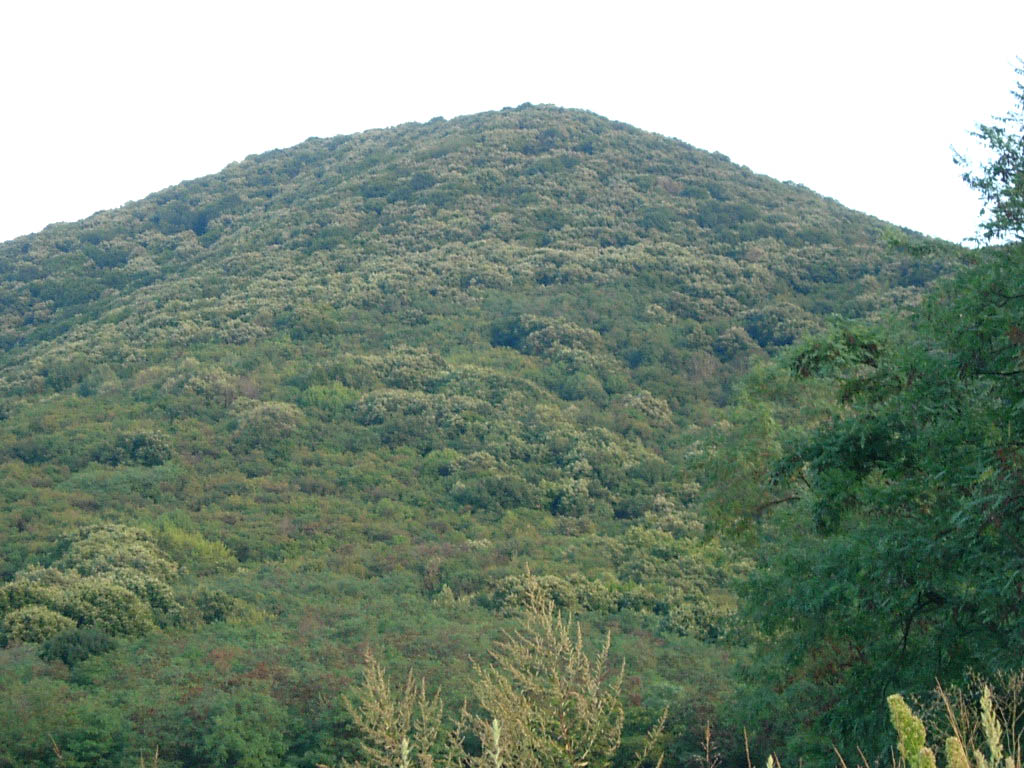Vršac Mountains


Names in the national language
Munții Vârșeț (Romania)
Vršačke planine (Serbia)
Location and short description
Vršac Mountains are located in the midst of the Pannonian plain, in the southeastern part of Banat. They constitute a clearly separated mountain range extending about 17 km in length, with an area of 170 km². For this total area, 122 km² are within Serbia, whereas the rest belongs to Romania. The northern hillside of Vršac is steep, while the southern part is gradually lowered into hills, where vineyards can be found. Due to its unique position, the Vršac Mountains have a rich diversity of flora and fauna, forest ecosystems and beautiful landscapes.
Special features
The area is important for breeding, migratory and wintering birds. In total, 218 bird species have been recorded, but the real number might be even higher. The total number of known nesting bird species is around 135. Regarding the appearance of the Vršac Mountains, four distinct formations are clearly visible: (1) The Tower of Vršac (Vršačka kula; 399 m of altitude); The Fox Head (Lisičija glava), with the peaks of (2) The Gudurica peak (Gudurički vrh; 641 m), (3) The Vršac Peak (Vršački vrh; 590 m) and (4) The Lower Vršišor (Donji Vršišor; 463 m). Vršac Mountains, like Fruška Gora, used to be islands in the Pannonian Sea, during the Miocene and Pliocene. The Pannonian Sea was a shallow ancient sea located where the Pannonian Basin in Central Europe is currently present.
Main biotop types
Oak forest, beech forest, meadows, pastures, arable ecosystems, vineyards and orchards
Species
- Mammals: Eurasian wolf (Canis lupus), European wildcat (Felis silvestris)
- Birds: Long-tailed owl (Asio otus), Short-toed snake eagle (Circaetus gallicus), Levant sparrowhawk (Accipiter brevipes), White-backed woodpecker (Dendrocopos leucotos)
- Amphibians: Fire salamander (Salamandra salamandra)
- Reptiles: Common European viper (Vipera berus)
- Plants: Greater pasque flower (Pulsatilla grandis), Fall Daffodil (Sternbergia lutea), Pygmy iris (Iris pumila)
Status of protection
Landscape of exceptional quality, Important Bird Area, Important Plant Area (Serbia)
Vršac Mountains
Society "GEA" (Serbia)
Website: www.gea.org.rs
Email: geaastro(at)gmail.com
Interactive Map
This map is currently hidden to protect your privacy. When you click the button below, the map will be loaded from Mapbox.
If you tick the checkbox, this selection will be saved in a cookie and the map will be displayed automatically the next time you visit the site.
